
Some home dangers are obvious, imminent issues — where there is smoke, you can reasonably expect fire.
Others gradually build up over time or present a silent threat triggered only under certain circumstances. Being mindful of these risks to the health and safety of your family is important, but with our hectic schedules, it’s all too easy to overlook signs that require action.
Here’s a look at several hidden home hazards to watch out for.
1. Cleaning products
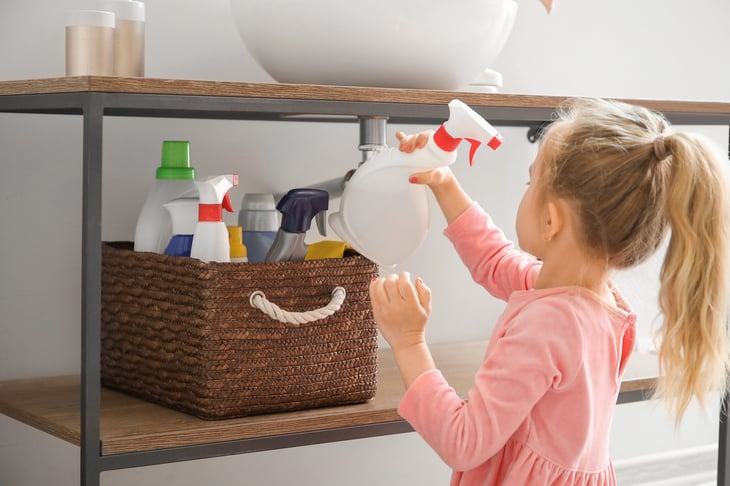
Improperly stored cleaning products can be a safety risk for children and pets. Spray bottles are a particular risk for eye injuries, according to the National Capital Poison Center. Bleach is something you don’t want on your skin, and in the eyes, it can cause permanent nerve and tissue damage.
It’s best to keep these products stored out of sight — and preferably out of reach of those who wouldn’t know better. Keep spray bottle nozzles in the closed position and childproof your cabinets for extra safety.
2. Medications

As with cleaning products, improperly stored medications can be a poison risk for young kids — most of them haven’t met something they wouldn’t love to put their mouth on. The Centers for Disease Control and Prevention offers these tips, among others, as part of its “Up and Away” campaign:
- Always put away medicines and vitamins, preferably up and out of sight.
- Be sure to twist bottle caps into a locked position.
- Never try to convince your kids to take medicine by telling them it’s candy.
3. Unsecured furniture
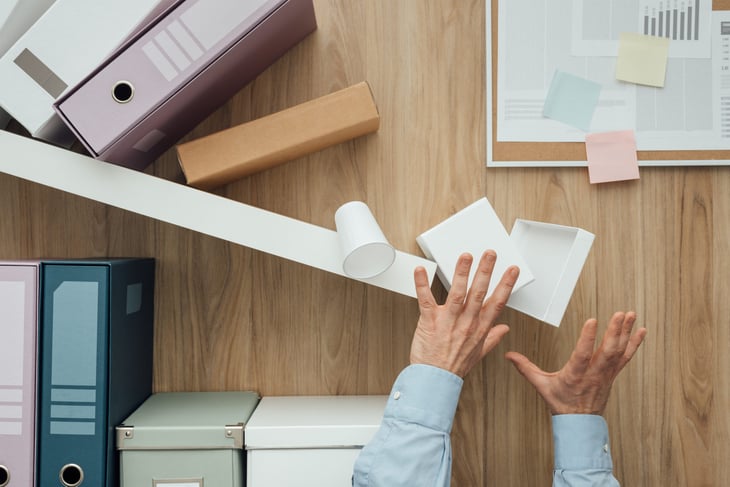
You’ve probably heard a horror story about a TV, shelf or dresser falling on someone. Learn from their mistakes, or you or someone you love might become that horror story for someone else to ignore — at their peril. A yanked cord or an awkward stumble may be all it takes, to say nothing of more rambunctious activities.
AnchorIt.gov provides advice on finding and installing anchoring kits and other furniture safety restraints for different types of wall material, such as drywall, plaster and exposed brick.
4. Frayed electrical wiring or power cords
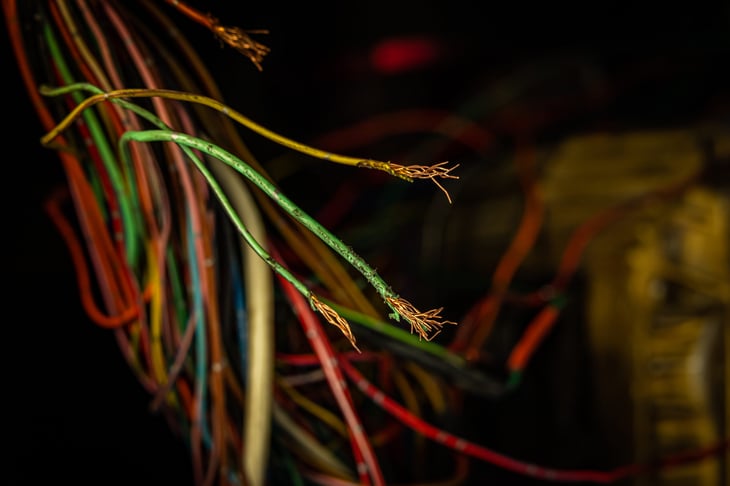
Years of pushing, pulling, bending, stomping or otherwise applying weight or pressure on cords tends to fray them. Cuts can also happen. Plugs can become bent or broken, too, especially when they weren’t quite long enough and the cord had a tight, sharp angle.
Any of these issues can cause shock and fire risks. Handle your cords gently, and watch them for signs of stress. Right-angle or 90-degree plugs can help minimize jamming bulky plugs in together, pinched cords and other stressors.
5. Flickering lights and electrical buzzing
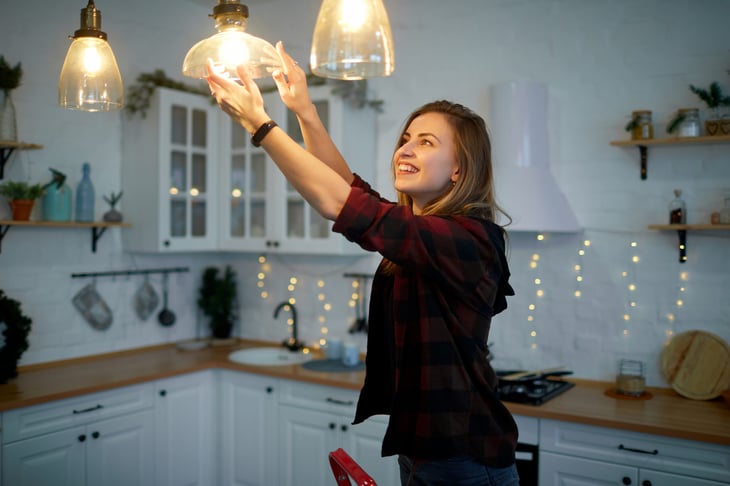
These sound and sight cues mean there’s a fire risk in your home. You might also notice unusually warm electronics or heat coming from power outlets and strips or a faint burning smell.
You may be overloading your outlets, or there could be an issue you need a professional to fix. The U.S. Fire Administration offers several safety tips, including:
- Always plug major appliances directly into wall outlets; don’t use extension cords.
- Always follow bulb wattage guidelines on devices or instruction manuals.
- Replace worn and old extension cords.
- Replace wall outlets when plugs don’t fit snugly.
6. Tripping ground-fault outlets
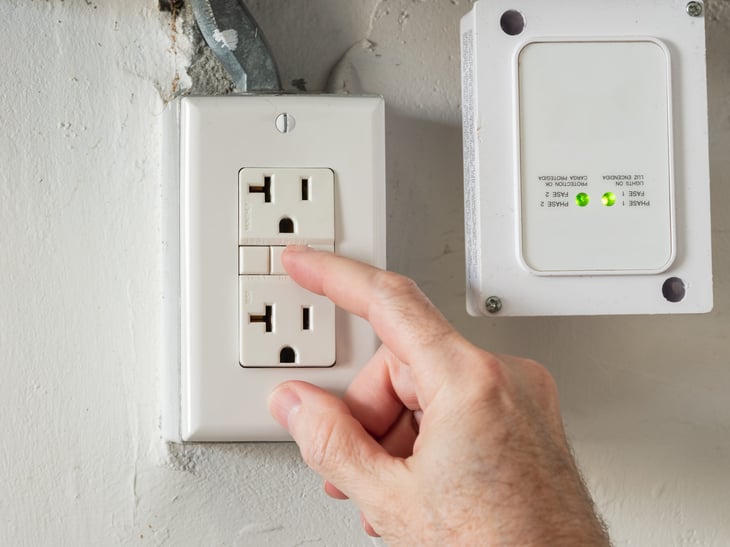
Another sign of electrical trouble is a tripping ground-fault circuit interrupter (GFCI) outlet. These make an audible click or snapping noise as they shut off power to whatever’s connected to them, and they won’t provide power again until you reset them.
This can be annoying, especially if it keeps happening. But if they’re shutting things off, they’re doing their job and preventing an overload or short, so don’t ignore them. Find and fix the underlying issue.
This government fact sheet explains more about how they work plus when and where to install or replace them.
7. Uneven steps and walkways
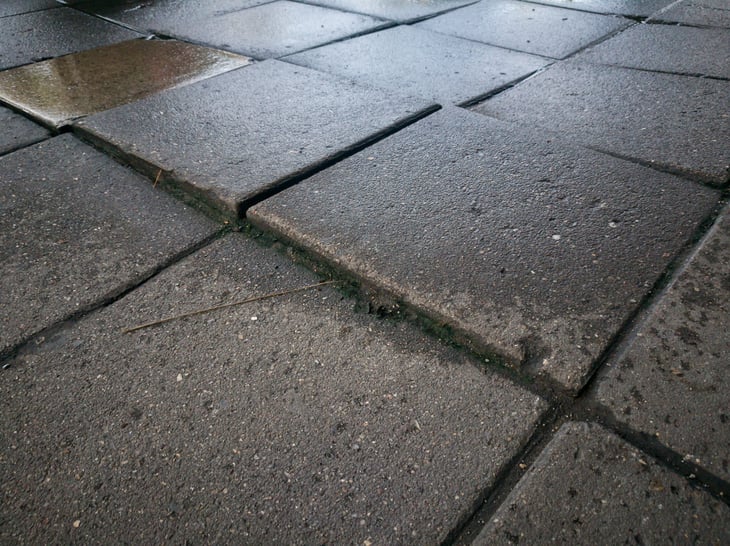
Anything from improper installation to temperature changes and age can cause uneven tile, warped wood steps and other walking hazards.
It’s easy to dismiss these issues because we generally grow used to the quirks of our home. However, visiting friends and family don’t have that knowledge. Young children and older adults may not have the balance or muscles to catch themselves. And when we’re distracted — perhaps on the phone, in a rush or carrying something — it’s easy for us to misstep too.
Taking steps to level out your floors and stairs can help prevent falls, which can be a very serious health risk.
8. Chimney buildup
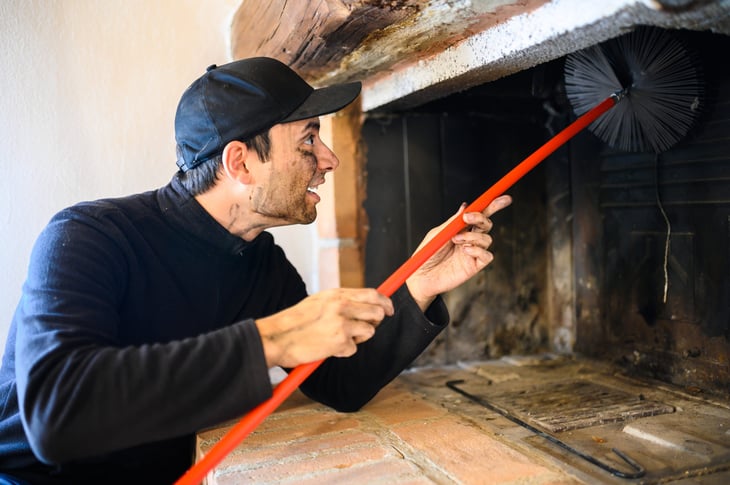
While fireplaces are intended to provide a safe place for fire, they do require maintenance — chimneys can and do catch fire too, as FEMA points out. This is because of a buildup of creosote, a brownish-black byproduct of burning wood.
An annual inspection and cleaning of your fireplace is a good idea, and the FEMA website includes tips to limit the buildup of creosote.
Quite aside from fire risk, it’s probably not something you want to be breathing in either. The Environmental Protection Agency recommends using a HEPA filter in the same room as your fireplace, which can reduce indoor particle pollution by 60%.
9. Wall cracks
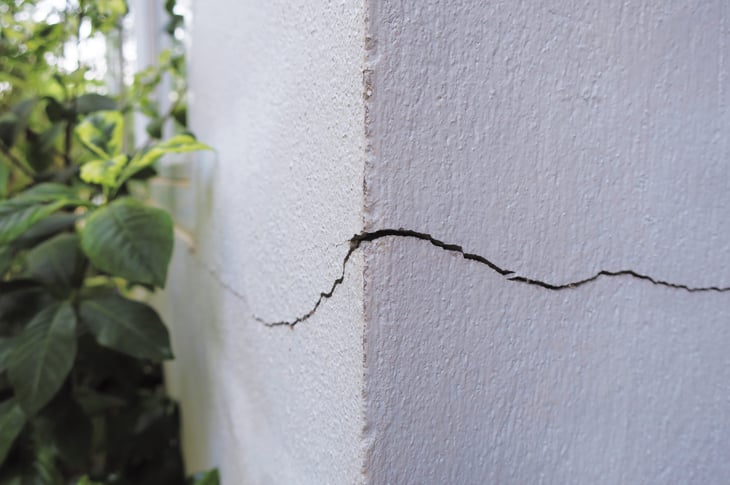
Cracks in your walls may simply be an eyesore caused by a settling home, or they could be a dangerous structural issue that requires a professional. As with many things, the sooner you catch the issue, the less expensive it can be to fix.
This guide from Angi can help figure out how serious a crack is based on its size and shape.
If you live in a climate that’s prone to snow, take proper precautions to remove that added weight on your roof and reduce the risk of collapse.
10. Puddles
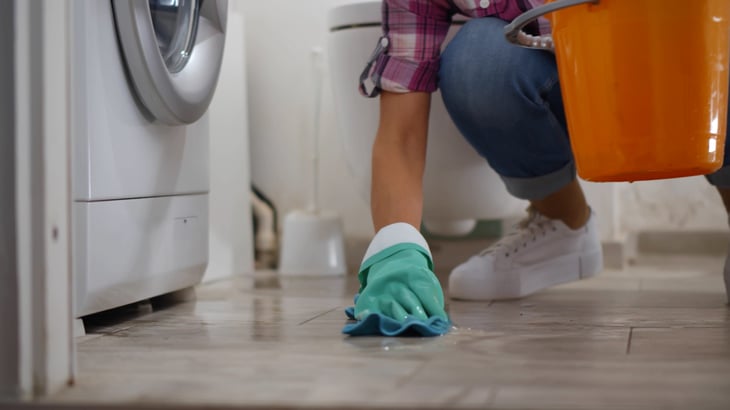
Any moisture on the floor should raise concern. In the best case, there’s a risk of slipping and falling. But the moisture can cause or be a symptom of more serious problems, such as leaks, roof damage or the next hazard on the list.
11. Visible mold
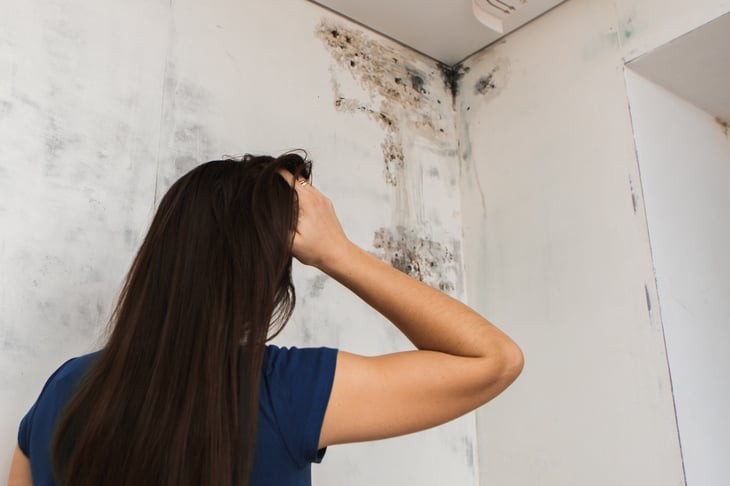
Mold thrives in damp places and can be a sign of leaks or excess humidity. It can cause a runny or stuffed nose, itchy or watery eyes, labored breathing and headaches. For people with asthma or a weakened immune system, it can be a larger health threat.
The Department of Housing and Urban Development offers tips such as these for addressing and preventing mold:
- Ensure bathrooms and kitchens have properly working ventilation fans.
- Use AC or dehumidifiers to keep your home’s humidity level below 50%.
- Watch for water stains on floors, walls and ceilings.
12. Bubbling paint
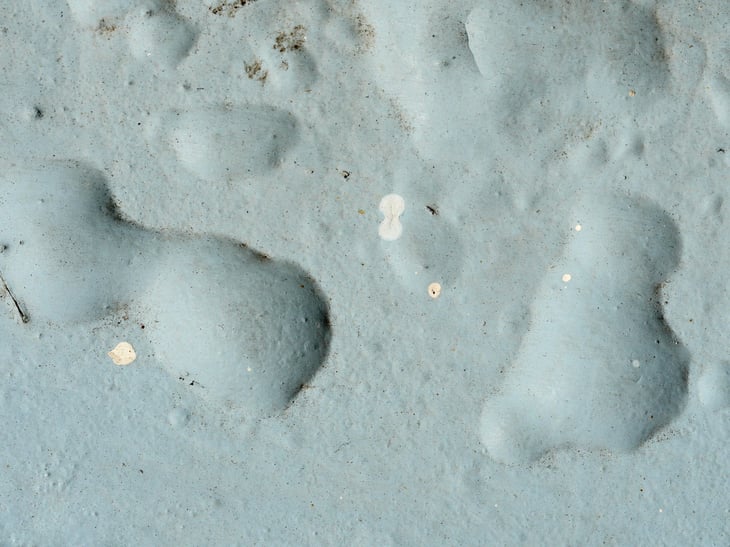
Bubbling paint can be a sign of a leak, humidity or plumbing issue. It can also be a sign of termite infestation, according to Orkin. Termites can cause or contribute to some of the other issues on this list, such as uneven floors and mold.





Add a Comment
Our Policy: We welcome relevant and respectful comments in order to foster healthy and informative discussions. All other comments may be removed. Comments with links are automatically held for moderation.